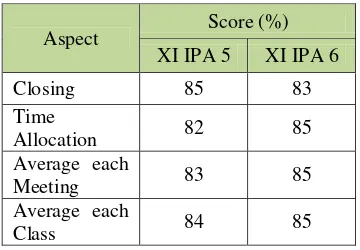21795 25808 1 PB
Teks penuh
Gambar

Dokumen terkait
[r]
If this message is not eventually replaced by the proper contents of the document, your PDF viewer may not be able to display this type of document.. You can upgrade to the
To achieve the objectives that characterize the Muslims would require a variety of tricks and strategies in practice, highlighting excellence and Islamic economic principles
kecerdasan emosional. Setiap pola asuh mempunyai hubungan yang berbeda, pola asuh otoriter dan acuh tak acuh tidak mempunyai hubungan dengan kecerdasan emosional
norma itu bekerja di dalam masyarakat. 4 Dalam penelitian ini, hal yang diamati berkaitan dengan penerapan perlindungan hukum bagi pekerja. penyandang cacat yang
[r]
AN ANALYSIS OF AUTONOMOUS LEARNING STRATEGIES USED BY SENIOR HIGH SCHOOL STUDENTS.. Universitas Pendidikan Indonesia | repository.upi.edu
Berdasarkan temuan-temuan dalam pembahasan mengenai hubungan- hubungan hukum yang terjadi antara subyek hukum dalam perjanjian bisnis waralaba di lembaga bimbingan